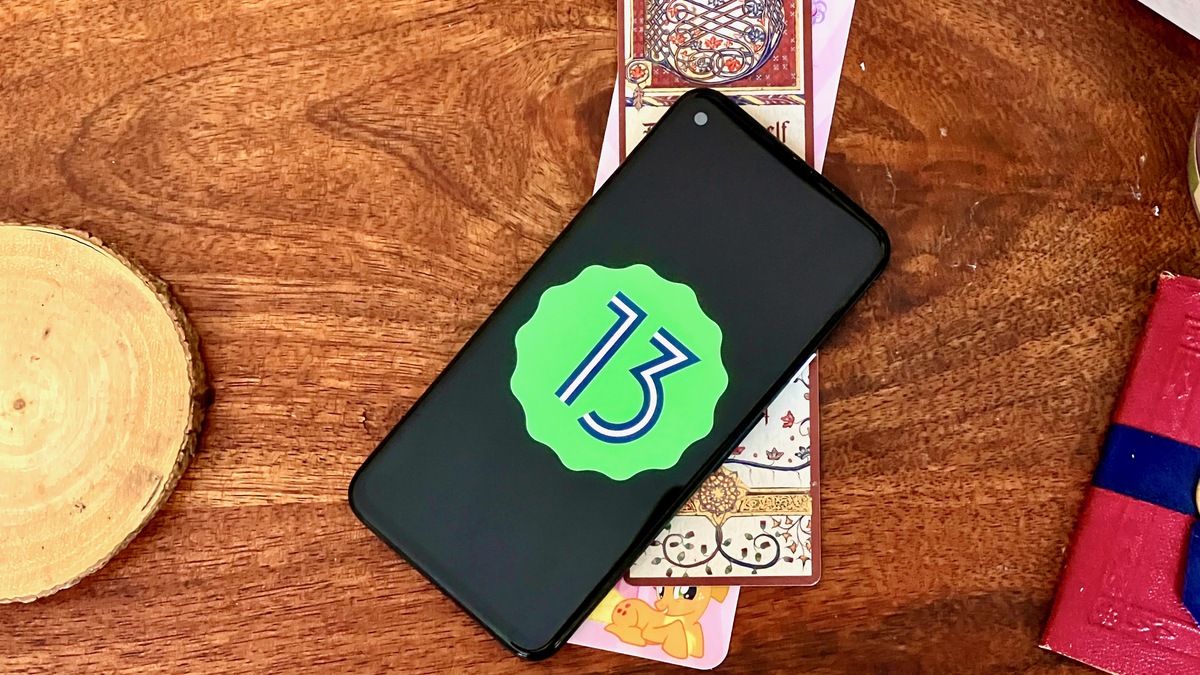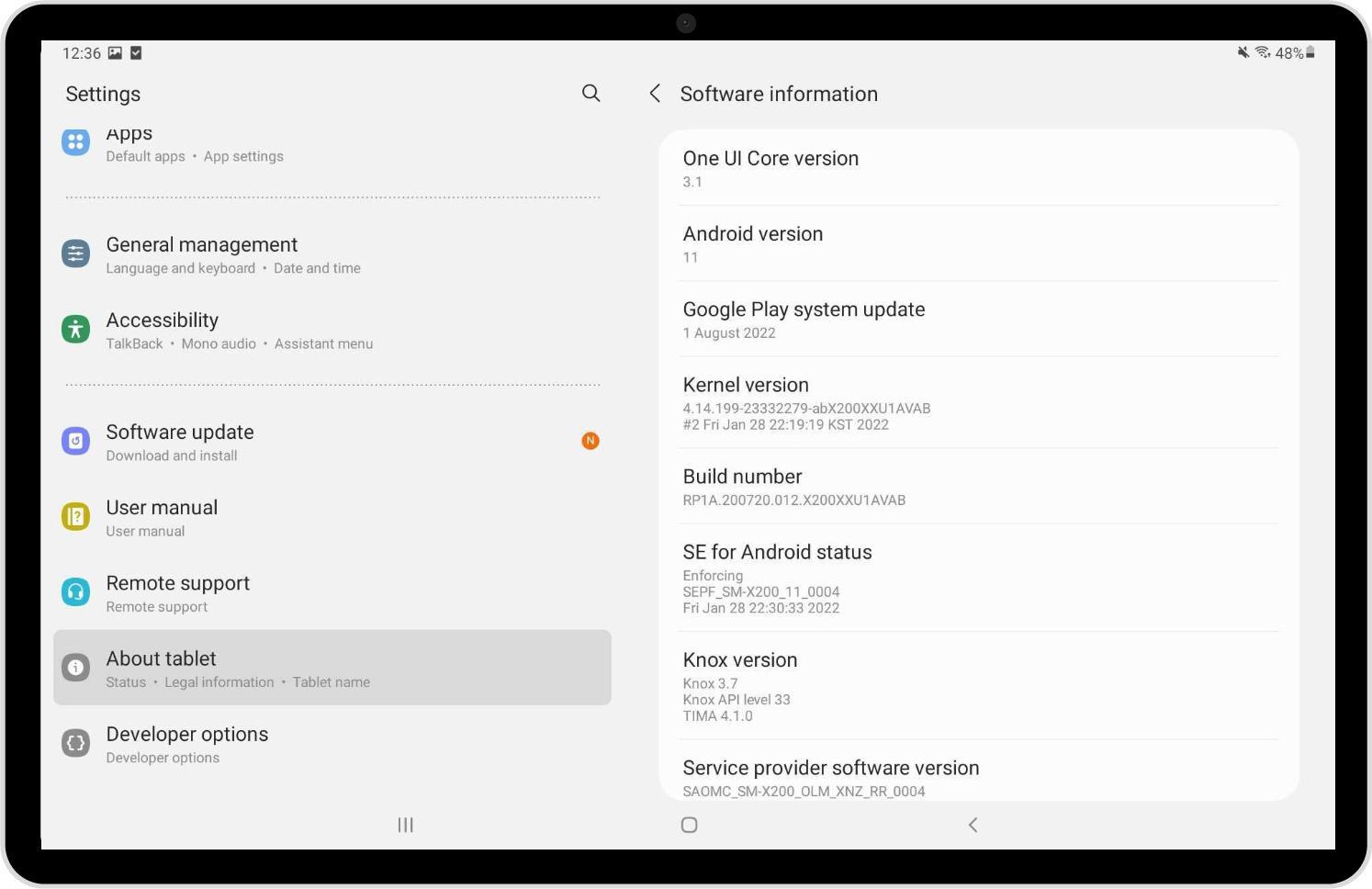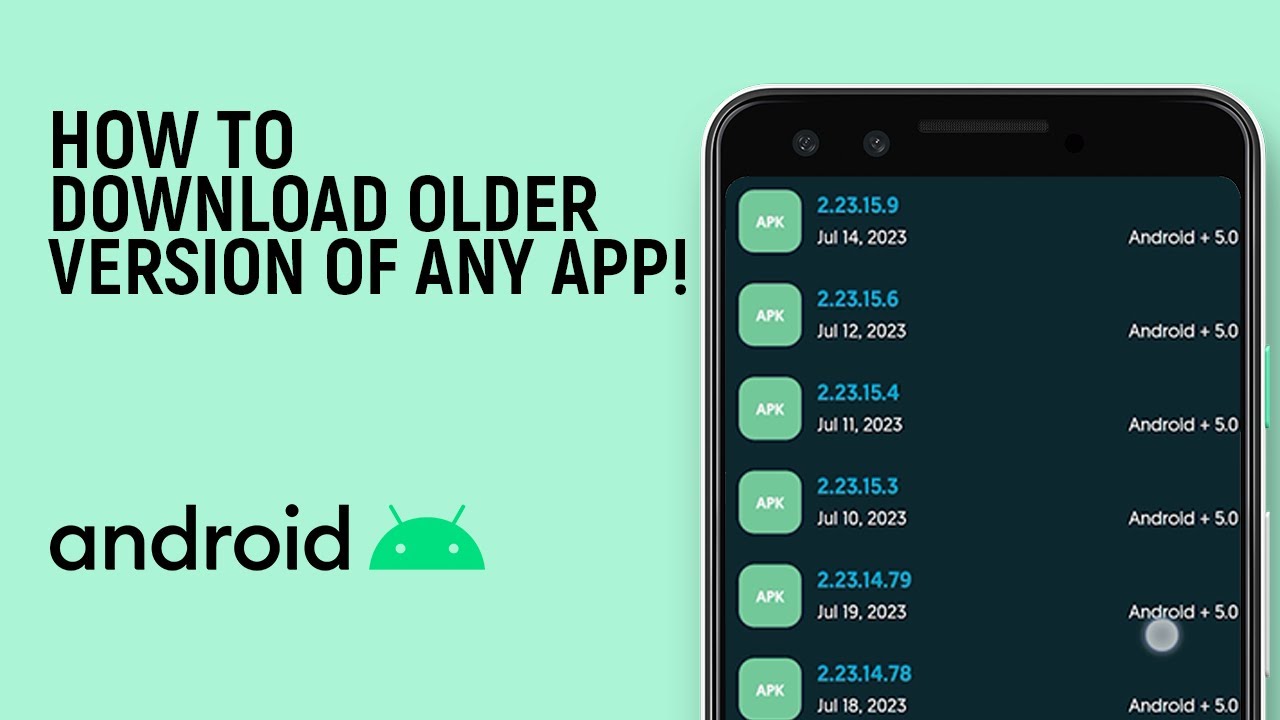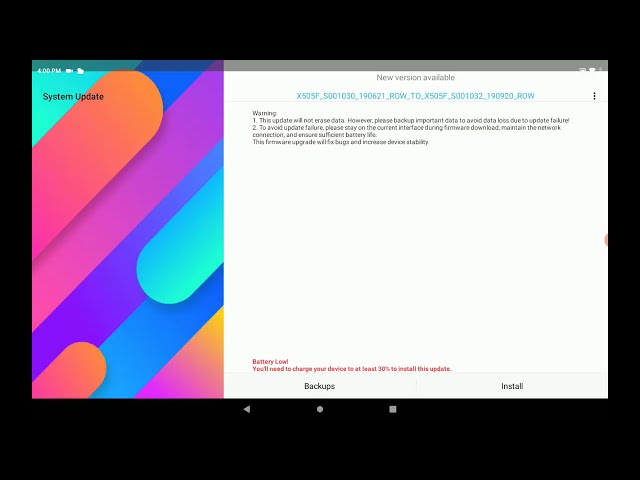Introduction
As an Android user, it’s important to know the version of the operating system running on your device. Understanding the Android version can help you determine compatibility with certain apps, troubleshoot issues, and stay up to date with the latest features and security updates.
In this article, we will explore different methods to check the Android version on your device. Whether you are a tech-savvy user or a beginner, you will find these methods easy to follow and helpful in identifying the Android version.
From the early days of Android to the current modern iterations, each version has brought significant enhancements and improvements. The Android operating system is continuously evolving, with major updates released regularly. By knowing your Android version, you can make informed decisions about the apps you download and the settings you customize.
Regardless of the brand or model of your Android device, the methods discussed in this article will apply universally. So, without further ado, let’s jump right into how you can easily check the Android version on your smartphone or tablet.
Checking the Android Version on Your Device
There are various methods you can use to identify the Android version on your device. Let’s explore each of them one by one:
Method 1: Using the Settings Menu
The simplest and most common method to check your Android version is through the device’s Settings menu. Here’s how:
- Open the Settings app on your Android device. You can typically find it in the app drawer or by swiping down the notification panel and tapping the gear icon.
- Scroll down and look for an option like “About Phone” or “About Device.” It might be located under different sections depending on your device manufacturer and Android version.
- Tap on the “About Phone” or similar option to access detailed information about your device.
- Look for the “Android Version” or similar field. The version number will be displayed here, along with additional details like the Android codename and build number.
Method 2: Using the About Phone Option
If you have a device running stock Android or a close-to-stock version, you can also check the Android version through the “About Phone” option. Follow these steps:
- Open the Settings app on your device and go to the “About Phone” or “About Device” section as mentioned earlier.
- Look for the “Software Information” or similar option and tap on it.
- You will find the Android version listed under the “Android Version” field.
Method 3: Using the System Information App
If you prefer a third-party app to check your Android version, there are several system information apps available on the Google Play Store. These apps provide comprehensive details about your device, including the Android version. Here’s how to use one of these apps:
- Open the Google Play Store on your device and search for a system information app, such as “CPU-Z” or “Device Info.”
- Install the app of your choice and open it.
- Navigate to the “System” or “Device Info” section, where you should find the Android version mentioned.
Method 4: Checking Through the Notification Bar
In some Android devices, you can quickly check the Android version by pulling down the notification bar and tapping on the gear icon for Settings. On the settings page, scroll to the bottom and tap on “About Phone” or similar. The Android version should be displayed there.
Now that you have learned different methods to check the Android version on your device, you can easily find out which version you are running. This knowledge will be invaluable for troubleshooting, compatibility, and understanding the capabilities of your Android device.
Method 1: Using the Settings Menu
One of the simplest and most commonly used methods to check your Android version is through the Settings menu. This method is universally applicable across different Android devices. Here’s how you can do it:
- Open the Settings app on your Android device. You can typically find it in the app drawer or by swiping down the notification panel and tapping the gear icon.
- Scroll down and look for an option like “About Phone” or “About Device.” The exact name may vary depending on your device manufacturer and Android version.
- Tap on the “About Phone” or similar option to access the detailed information about your device.
- Within the “About Phone” section, look for the “Android Version” or a similar field. The version number will be displayed here, along with additional details like the Android codename and build number.
Some devices may require you to tap on “Software Information” or a similar option before finding the Android version. If you can’t find the specific option mentioned, try exploring different sections within the Settings menu or using one of the alternate methods discussed in this article.
Once you have located the Android version, you will see a number like “Android 10” or “Android 11” displayed on the screen. The number represents the major version of Android that your device is running.
It’s worth noting that some customized Android skins or user interfaces might have slightly different menu arrangements or terminology, but the general steps should remain similar across devices.
Knowing the Android version on your device is crucial for a variety of reasons. It helps you determine compatibility with certain apps and games, understand the available features and functionalities, and stay informed about the latest security updates and improvements provided by newer Android versions.
Now that you know how to check the Android version through the Settings menu, you can confidently navigate the software landscape of your device and make informed decisions about app compatibility and system requirements.
Method 2: Using the About Phone Option
If you have an Android device running stock Android or a close-to-stock version, you can easily check the Android version through the “About Phone” option. Here’s how:
- Open the Settings app on your device, either by accessing it from the app drawer or by swiping down the notification panel and tapping the gear icon.
- Scroll down and look for an option called “About Phone” or “About Device.” The exact wording may vary slightly depending on your device manufacturer.
- Tap on the “About Phone” or similar option to access the detailed information about your device.
- In the “About Phone” section, look for the “Android Version” or a similar field. The version number will be displayed here.
On some devices, you might need to tap on “Software Information” or a similar option before finding the Android version. If you can’t locate the specific option mentioned, try exploring different sections within the “About Phone” menu or consider using one of the alternative methods mentioned in this article.
Once you have found the Android version, you will see a number like “Android 9” or “Android 10” displayed on the screen. This number indicates the major version of Android running on your device.
It’s important to keep in mind that device manufacturers often add their own customizations and user interfaces on top of the stock Android experience. This means that the menu arrangement or terminology might slightly differ on some devices. Nevertheless, the general steps outlined above should still be applicable.
Knowing the Android version on your device is crucial as it allows you to stay informed about the latest features, security patches, and optimizations offered by newer versions. It also helps to determine app compatibility and software requirements for various applications you might want to install on your device.
Now that you know how to check the Android version using the “About Phone” option, you can easily identify which version of Android is running on your device and stay up to date with the latest Android developments.
Method 3: Using the System Information App
If you prefer using a third-party app to check the Android version on your device, there are several system information apps available on the Google Play Store that provide detailed information about your device, including the Android version. Here’s how you can use one of these apps:
- Open the Google Play Store on your Android device and search for a system information app, such as “CPU-Z” or “Device Info.” These apps are widely trusted and offer comprehensive details about your device.
- Install the system information app of your choice and open it once the installation is complete.
- Navigate to the “System” or “Device Info” section within the app, where you will find various details about your device’s hardware and software.
- Look for the “Android Version” field or similar information that indicates the Android version running on your device. The version number will be displayed here.
System information apps provide not only the Android version but also other valuable information about your device, such as chipset details, screen resolution, RAM, and storage capacity.
Using a system information app can be especially handy if you are unable to find the Android version through the device’s Settings menu. It ensures that you have an alternative method to access the necessary information without going through complicated settings or menus.
Keep in mind that while third-party system information apps are generally reliable, it’s essential to choose a reputable one from the Google Play Store to ensure accuracy and data security.
Knowing your Android version is valuable for various reasons, including app compatibility, troubleshooting, and understanding the capabilities of your device. By using a system information app, you can quickly and conveniently retrieve this information without any hassle.
Now that you are aware of how to check the Android version using a system information app, you have an additional method at your disposal to verify the operating system version on your Android device.
Method 4: Checking Through the Notification Bar
In some Android devices, you can quickly check the Android version by accessing the notification bar. Here’s how you can do it:
- Start by unlocking your device and ensuring you are on the home screen or any other screen where the notification bar is accessible.
- Swipe down from the top of the screen to pull down the notification bar. This action may vary depending on the device manufacturer, so check your device’s specific instructions if needed.
- Once the notification bar is fully pulled down, scan for a settings icon that resembles a gear or cogwheel. This icon represents the “Settings” app.
- Tap on the settings icon in the notification bar to open the settings menu directly.
- Within the settings menu, scroll down and look for an option like “About Phone” or “About Device.” The exact name may differ based on the device manufacturer.
- Tap on the “About Phone” or similar option to access the detailed information about your device.
- From here, you should be able to find the “Android Version” or a similar field, which displays the specific Android version running on your device.
This method allows for a convenient and quick way of checking the Android version without having to navigate through multiple menus within the settings app.
It’s important to note that not all Android devices have this feature, and it might be specific to certain device models or Android versions. If you are unable to find the settings icon in the notification bar, consider using one of the alternative methods mentioned in this article.
Knowing your Android version is crucial for several reasons, including app compatibility and staying up-to-date with the latest features and security updates. By easily accessing the Android version through the notification bar, you can save time and effort while staying informed about your device’s operating system.
Now that you know how to check the Android version through the notification bar, you can quickly verify the Android version running on your device and make informed decisions based on its compatibility and capabilities.
Conclusion
Checking the Android version on your device is crucial for understanding its capabilities, ensuring app compatibility, and staying up to date with the latest features and security updates. In this article, we explored four different methods to easily identify the Android version on your smartphone or tablet.
Using the Settings menu is the most common and universal method. By navigating to the “About Phone” or similar option, you can easily find the Android version displayed on the screen. This method works on most Android devices, regardless of the brand or model.
If your device runs stock Android or a close-to-stock version, the “About Phone” option within the Settings menu is specifically designed to provide detailed information, including the Android version.
Another option is to use a system information app from the Google Play Store. These apps offer comprehensive device information, including the Android version. By installing and opening one of these apps, you can quickly find the Android version without going through the device’s settings menu.
For some Android devices, checking the notification bar can also provide access to the settings menu directly. By pulling down the notification bar and tapping on the settings icon, you can navigate to the “About Phone” or similar option to find the Android version.
Regardless of the method you choose, knowing your Android version empowers you to stay informed about updates, troubleshooting issues, and making informed decisions about app compatibility. Ensure that you check the Android version periodically as it may change with software updates released by your device manufacturer.
Now that you are aware of these different methods, you can confidently identify the Android version on your device. Stay updated and enjoy the various features and improvements that come with different versions of Android!

























